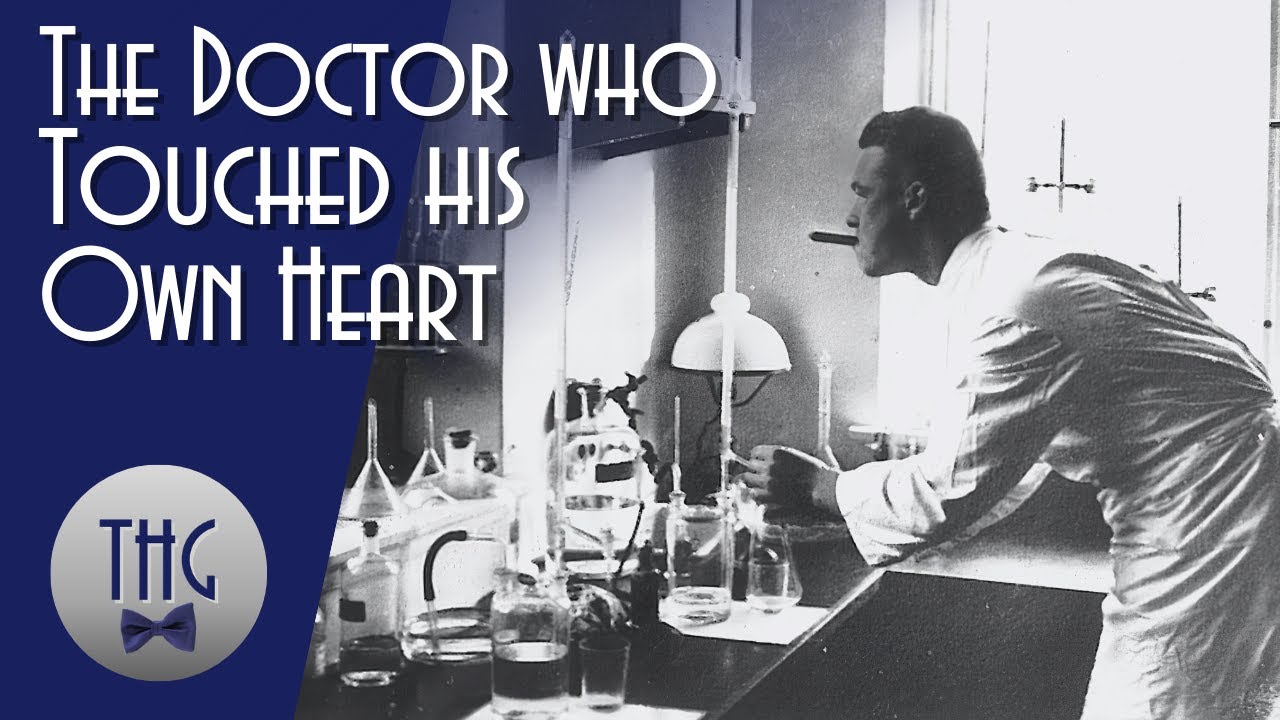He performed the first human heart catheterization on himself in 1929: Who is Werner Forssmann?
In 1929, when he was a 25-year-old intern doctor, a 4 French ureter catheter was introduced percutaneously through his left antecubital vein and extended to the right atrium of the heart, thus beginning a new era in human venous access and related treatments. This success earned him the Nobel Prize in Medicine in 1956.

Werner Forssmann or Werner Theodor Otto Forßmann (29 August 1904, Berlin - 1 June 1979) was a German surgeon.
The use of a catheter to examine internal cavities such as the stomach, uterus, intestines, gallbladder, and urinary bladder is a very old practice. However, it was not until the 1920s that organs such as blood vessels and the heart, which were both difficult and inconvenient to reach, began to be examined using the same method.
Forssmann, the pioneer of this method called "cardiac catheterization", took all the risks of the experiment in 1929 and inserted a flexible tube (catheter) 76 cm long and approximately 3.5 mm in diameter into the arm vein and reached the right atrium of the heart through the upper main vein. He succeeded.
Werner Theodor Otto Forßmann (29 August 1904 – 1 June 1979) was a German researcher and physician from Germany who shared the 1956 Nobel Prize in Medicine (with Andre Frederic Cournand and Dickinson W. Richards) for developing a procedure that allowed cardiac catheterization. In 1929, he put himself under local anesthesia and inserted a catheter into a vein of his arm. Not knowing if the catheter might pierce a vein, he put his life at risk. Forssmann was nevertheless successful; he safely passed the catheter into his heart.
Forssmann demonstrated that he can reach the atria and ventricles of the heart through a flexible tube that can be easily monitored with X-rays because it is made of a non-transparent plastic material and that this method, which does not even require general anesthesia, does not cause any damage to the heart and vascular tissue, will be a breakthrough in the diagnosis and treatment of heart diseases. It was of quality.
As a matter of fact, the catheter method, developed in the 1940s with the contributions of Cournand and Richards from the USA, is used to measure blood pressure and blood volume in the heart chambers and the main venous system, to administer drugs directly into the heart cavity, and to investigate congenital heart diseases or defective structure of heart valves. It is one of the most used methods in cardiology.
While in the past, the right side of the heart could only be reached through the vein, as the direction of blood flow in the veins did not make it difficult for the catheter to advance, in the 1960s, catheters entering the artery and moving in the opposite direction to the blood flow could also reach the left heart.
